
LA DISRUPTION ARRIVA DAL NORD, PRONTI PER THE BALTIC VIBE?
7 giugno 2022, Milano LUISS Hub (via Massimo D'Azeglio, 3)
The exhibition features works by Baiba Dzenīte (Latvia), Ieva Birģele (Latvia), Laura Rainė (Lithuania), Monika Gedrimaitė (Lithuania), Kristel Kärdi (Estonia), Maria Kim (Estonia), Jānis Kononovs (Latvia).
LA DISRUPTION ARRIVA DAL NORD, PRONTI PER THE BALTIC VIBE?
The Baltic Vibe è un progetto ideato e sviluppato dall’artista lettone Valentīna Kovaļišina (Valentinaki) con il patrocinio del Ministero della cultura della Lettonia e dell’Ambasciata della Repubblica di Lettonia in Italia.
L’obiettivo è promuovere i capolavori dei giovani designer dei paesi baltici e, attraverso le loro creazioni, far conoscere la cultura baltica e le sue eccellenze.
L’esposizione principale è stata ospitata dalla Fondazione Giacomo Brodolini presso Milano LUISS Hub; a questa si sono aggiunte le esposizioni satellite presso studio di architettura Joseph di Pasquale Architects e la galleria d’arte Espinasse31.
FDO – For Disruptors Only è tra i suoi partner, insieme alla Fondazione G. Brodolini, Studio Alter Ego, Kaunas 2022 – European Capital of Culture, Hestetika, 900 Wine, Associazione Lettone in Italia e Svizzera italiana e Nuly&Nuly Pubblicità. La Milano Design Week, vista come l’incontro e il confronto tra stili e tradizioni, è considerata la vetrina ideale per inaugurare il progetto.
Ormai lo sai che non facciamo solo eventi vero?
La mostra «The Baltic Vibe. Elements» è stata curata da Donata Jutkienė (Lituania), curatrice del programma Kaunas2022 capitale della cultura europea, contiene oggetti di design artistico creati da giovani designer baltici ispirati dalla natura baltica e da elementi classici. Sei designer donne e un architetto provenienti da Lettonia, Lituania ed Estonia sono stati invitati a partecipare alla mostra con oggetti di design in vetro, ceramica, pietra e metallo.
Hanno preso parte al progetto: Baiba Dzenīte (Lettonia), Ieva Birģele (Lettonia), Laura Rainė (Lituania), Monika Gedrimaitė (Lituania), Kristel Kärdi (Estonia), Maria Kim (Estonia), arch. Jānis Kononovs (Lettonia).
THE BALTIC VIBE. ELEMENTS
Nessuno può negare che i tre Paesi Baltici – Lettonia, Estonia e Lituania – siano legati non solo dalla condivisione di confini geografici, ma anche da un’eredità storica e dalla vitalità della memoria collettiva. Gli abitanti di questi Paesi sono accomunati dai valori fondanti, dalle tradizioni, dalle origini culturali e dall’unicità della natura e dell’artigianato. Questo è ciò che ispira gli artisti locali le cui opere, con il loro stile unico e distintivo, hanno allo stesso tempo qualcosa in comune, un fil rouge che potremmo definire: il punto di contatto baltico. La mostra «The Baltic Vibe» ci racconta proprio di questo.
The Baltic Vibe presenta oggetti di design in ceramica e vetro creati da 7 artisti provenienti da Lituania, Estonia e Lettonia. Nelle opere esposte l’autenticità della cultura Baltica è rivelata attraverso i quattro elementi principali in natura – terra, aria, fuoco ed acqua. La terra è all’origine dell’elemento acqua e l’acqua terrestre delle profondità è considerata avere origini femminili. L’aria è l’origine del fuoco e il fuoco divino è considerato di origini maschili. Fuoco e acqua sono alla base della continua creazione del mondo. I quattro elementi costituiscono l’essenza della condizione umana, alla quale sono interconnessi come se fossero al centro dell’albero della vita. Nei concetti delle opere si intrecciano manifatture tradizionali, tecniche moderne e identità creative degli artisti. Attraverso l’uso di forme organiche, linee, plastiche, elementi tecnici e colori, la naturale autenticità della natura dei Paesi Baltici, così come la peculiarità e la specificità della loro eredità culturale, si rivelano in tutta la loro via espressiva. Nella ricerca creativa degli artisti, la dinamica delle trame e delle forme svelano i vari scenari dei Paesi Baltici: il mare, le dune di sabbia, i laghi, i fiumi, le paludi, le rocce e i fenomeni tipici del clima baltico, intrecciati con la mitologia ed il folklore tipici delle popolazioni che abitano questi luoghi.
Curatrice: Donata Jutkienė (Lituania)
le foto di studio alter ego.
ready for the vibe?
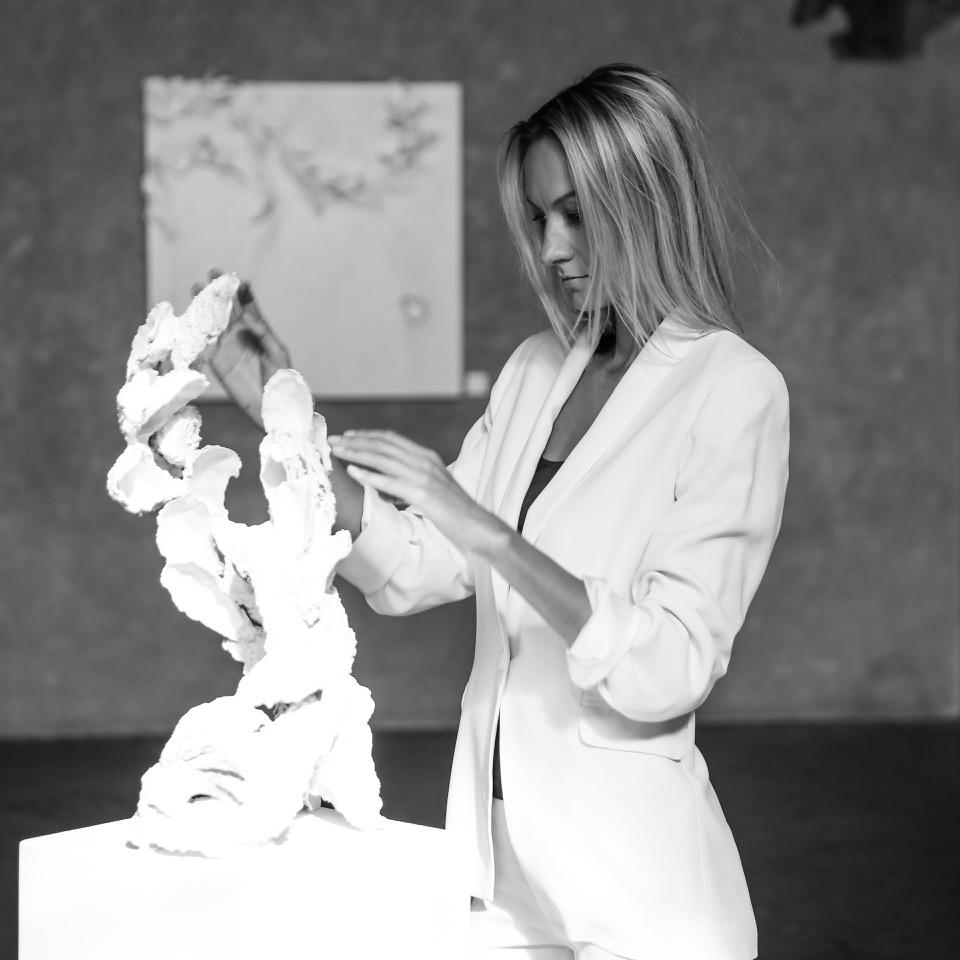
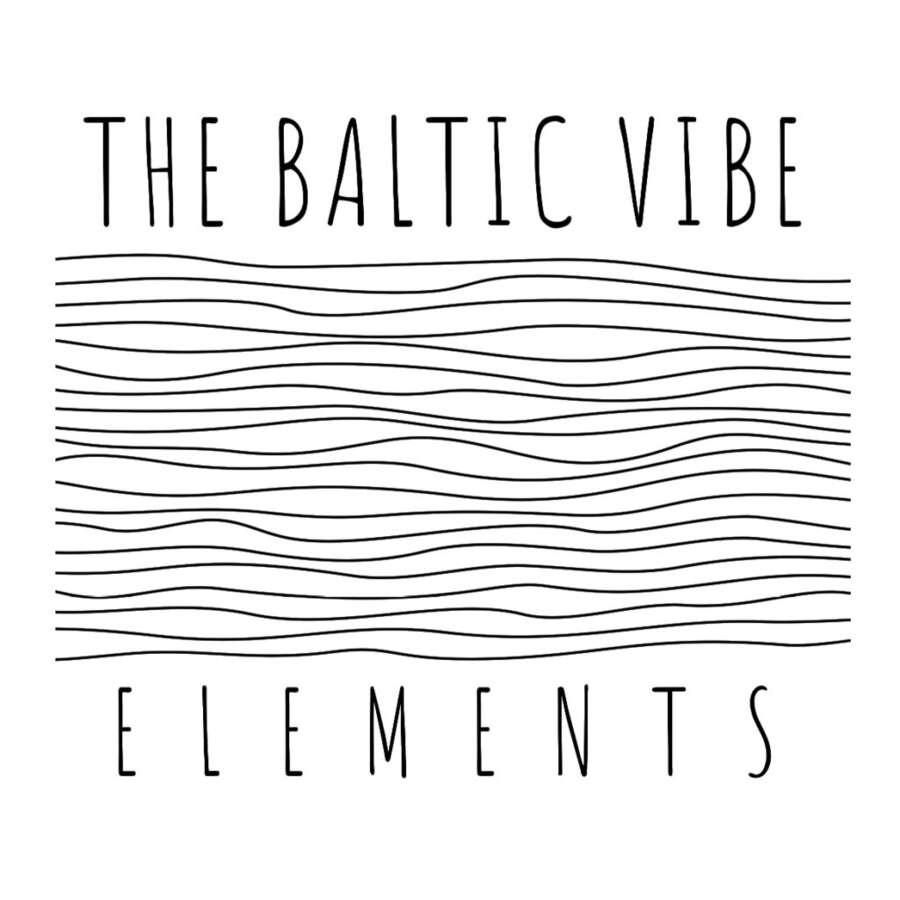
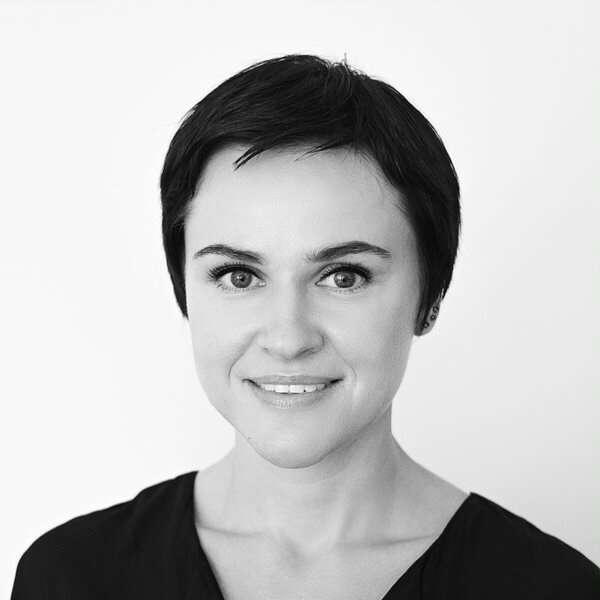
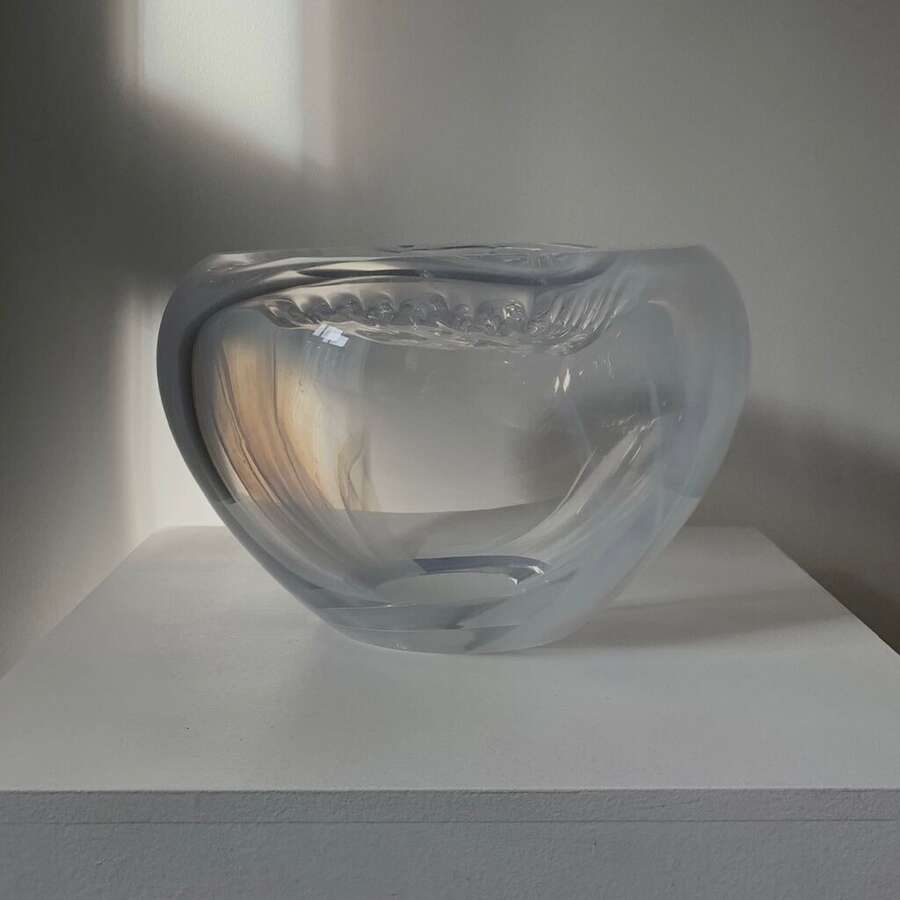

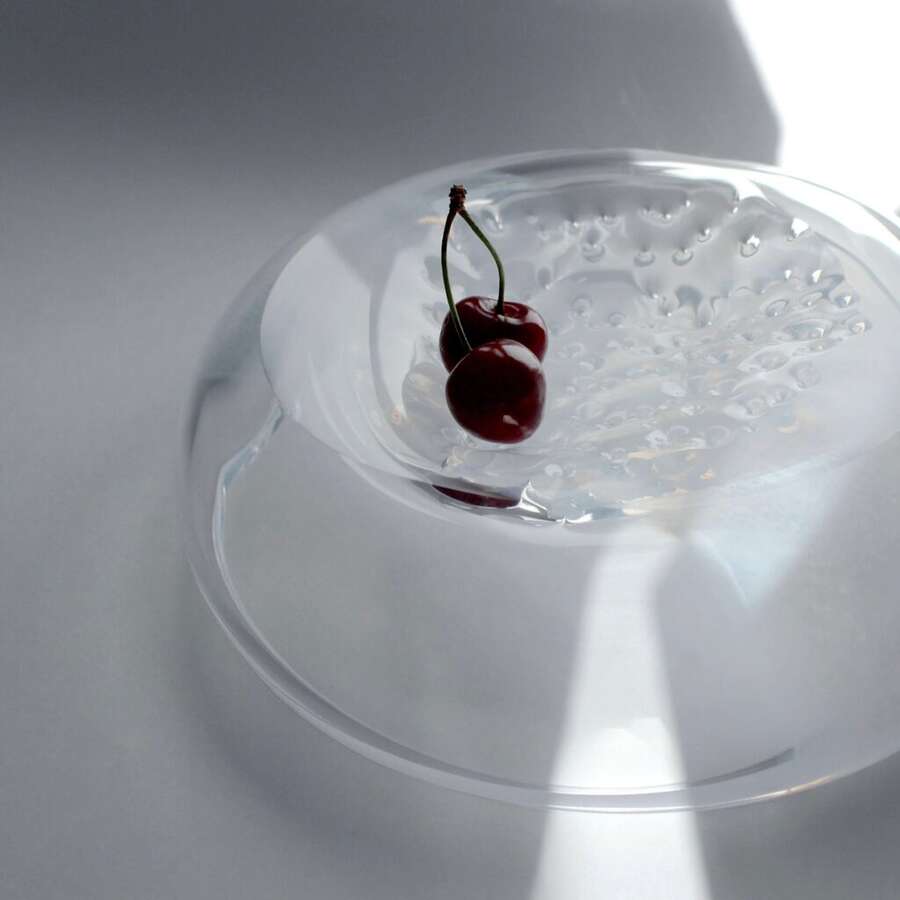
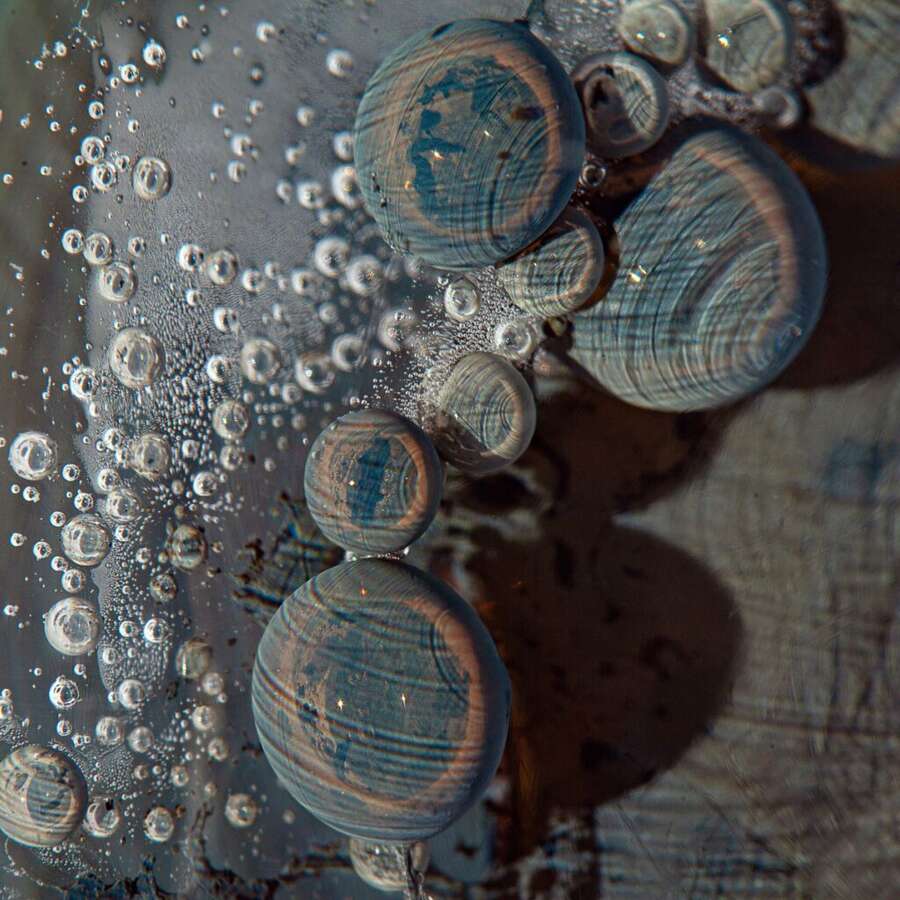

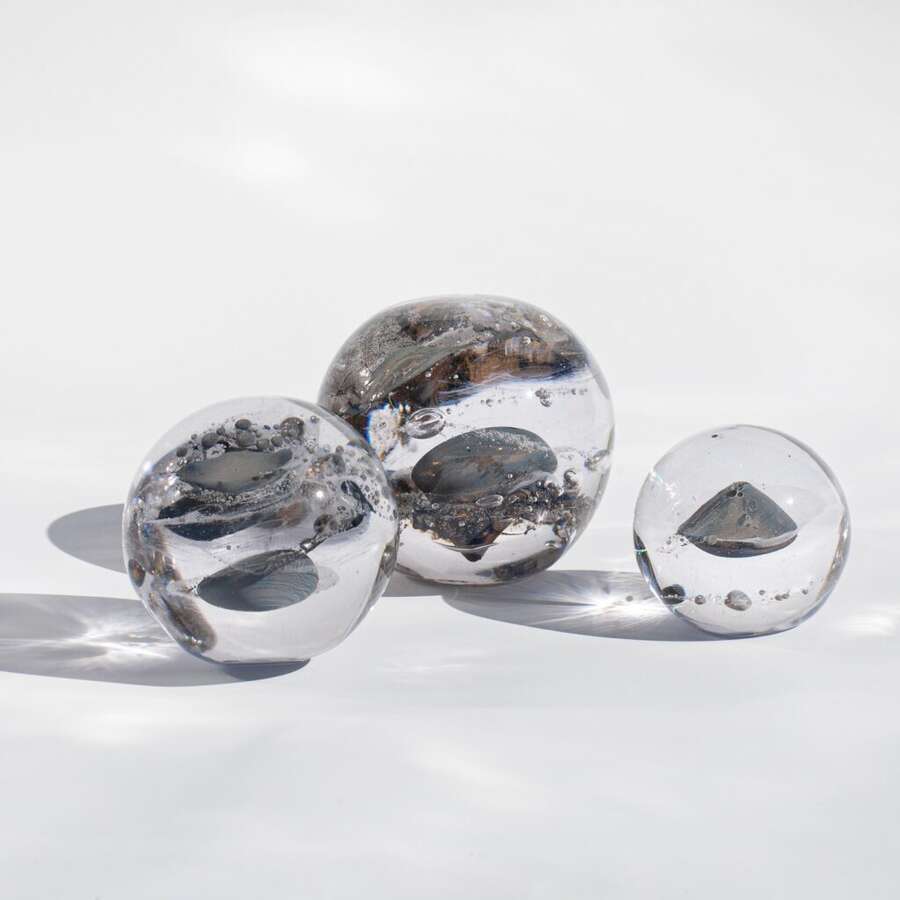
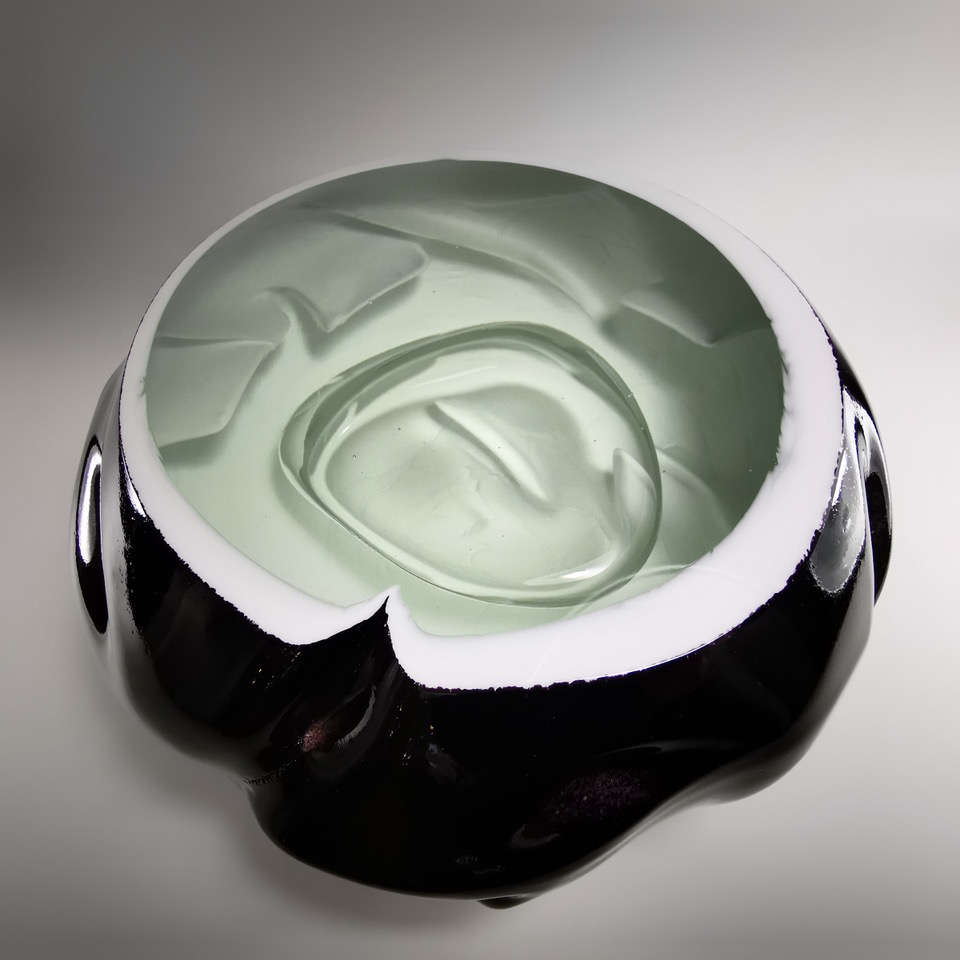
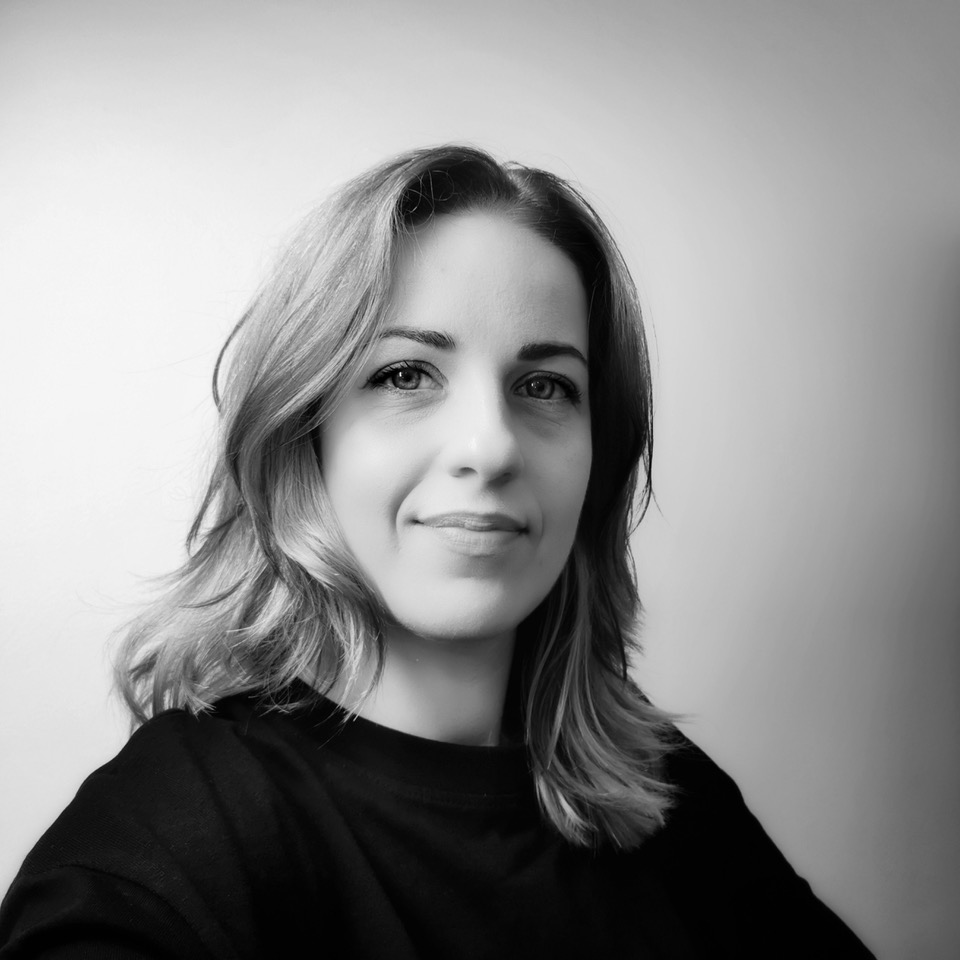
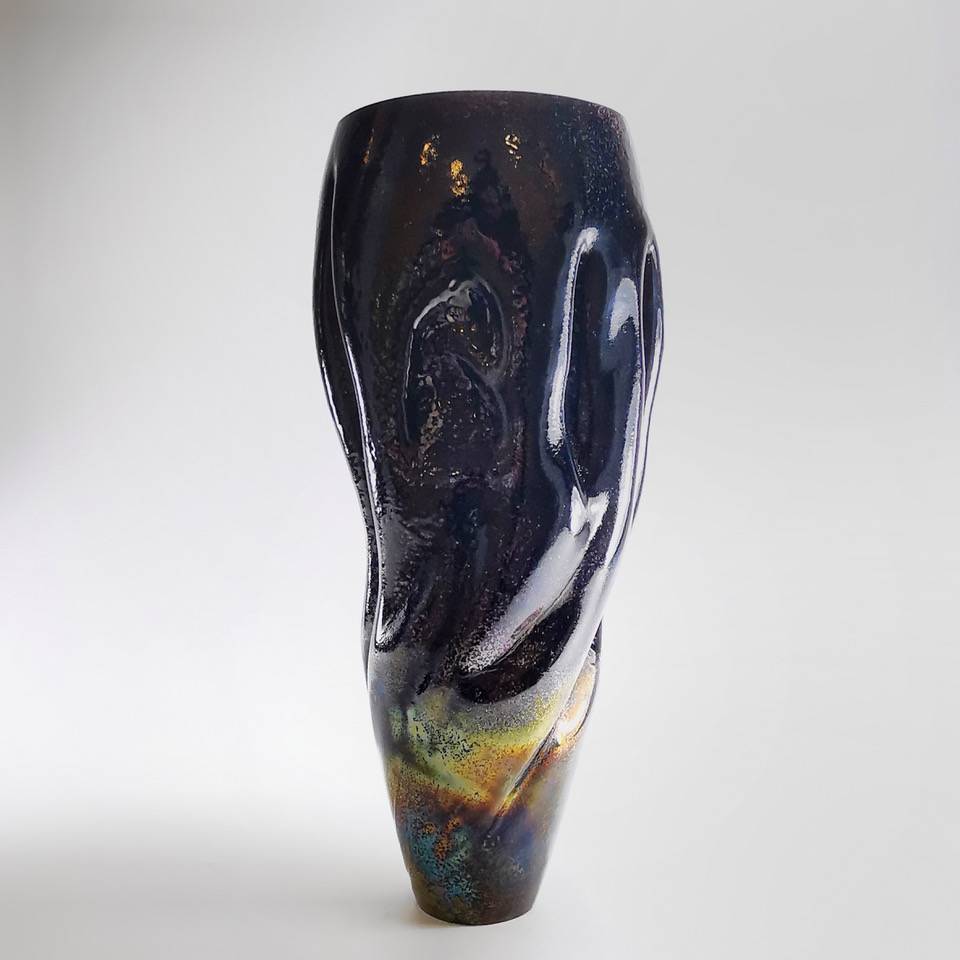
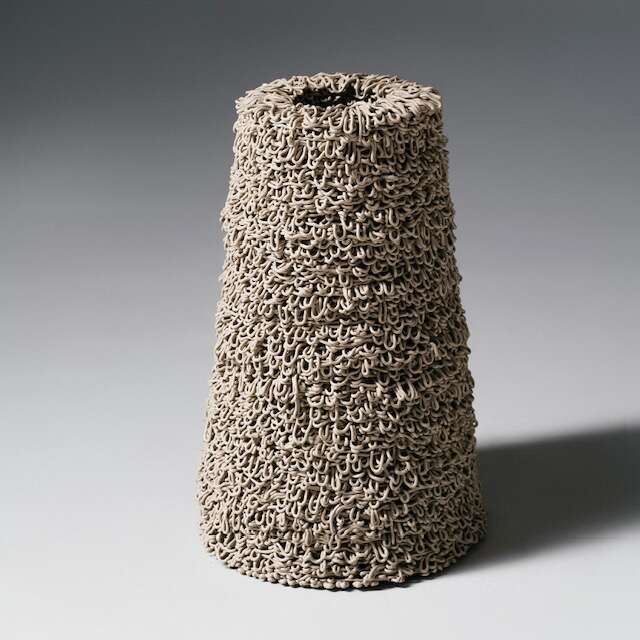

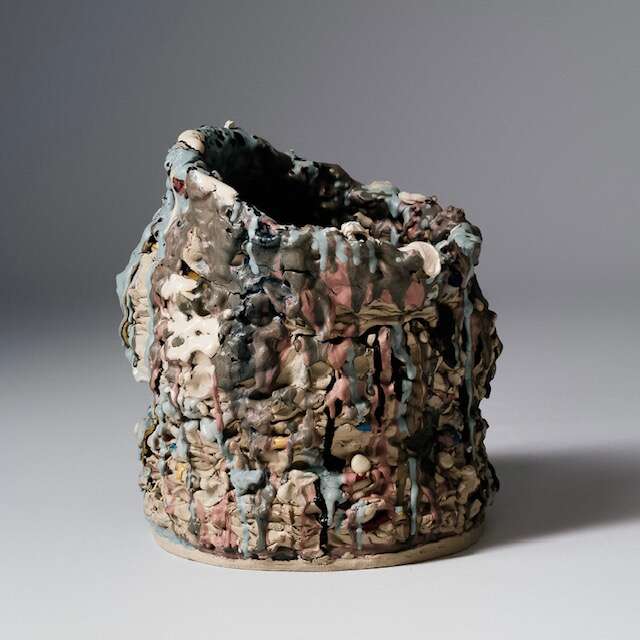
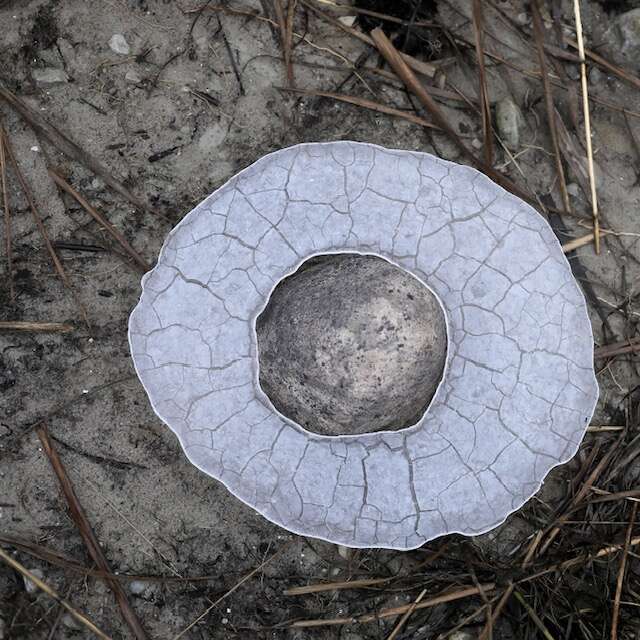

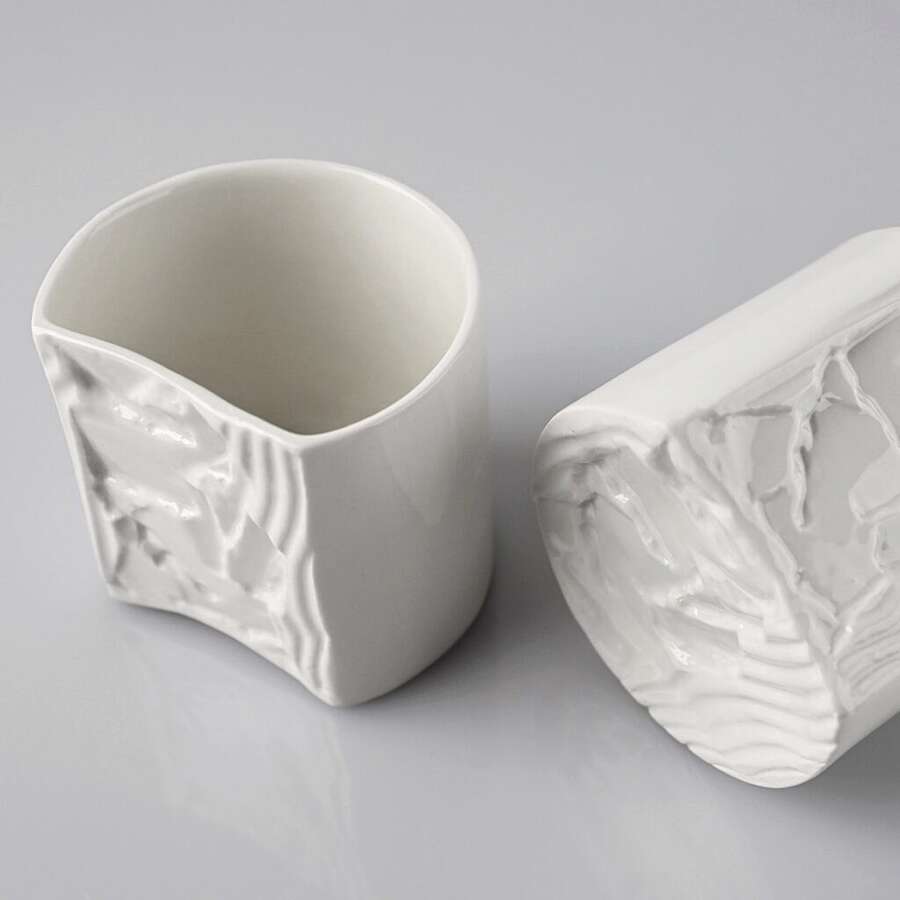

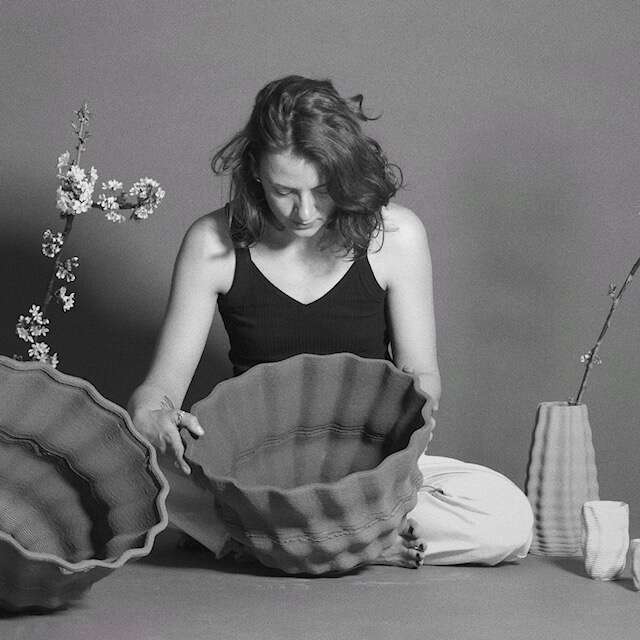

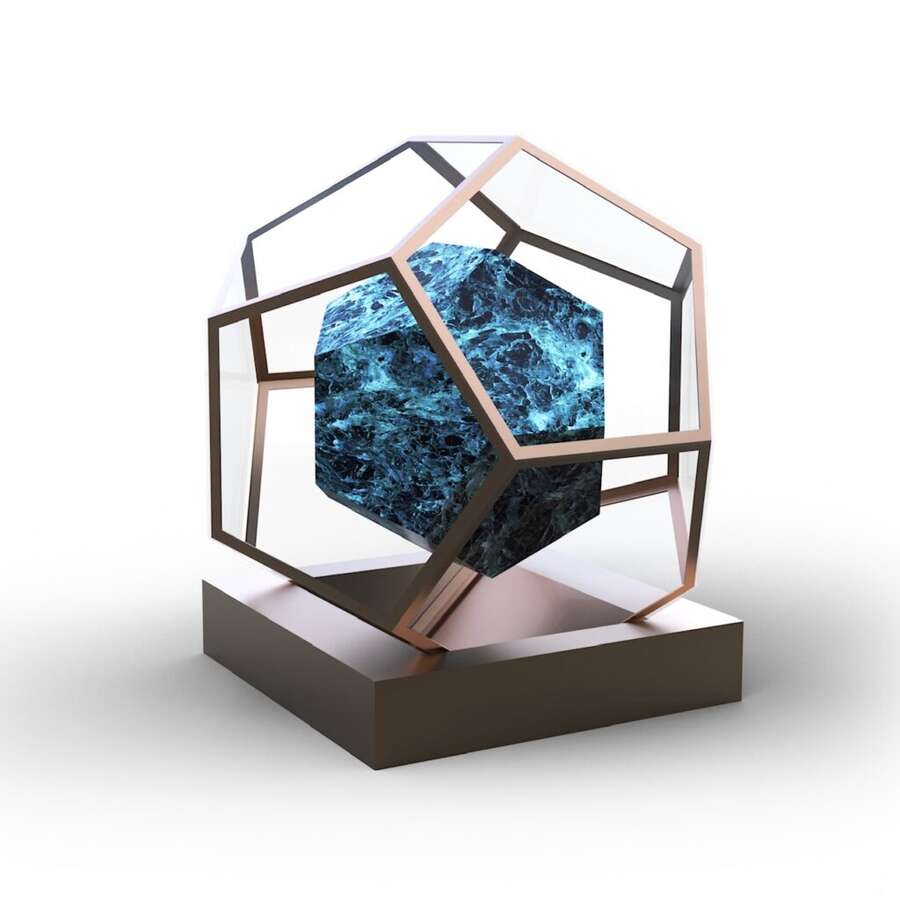

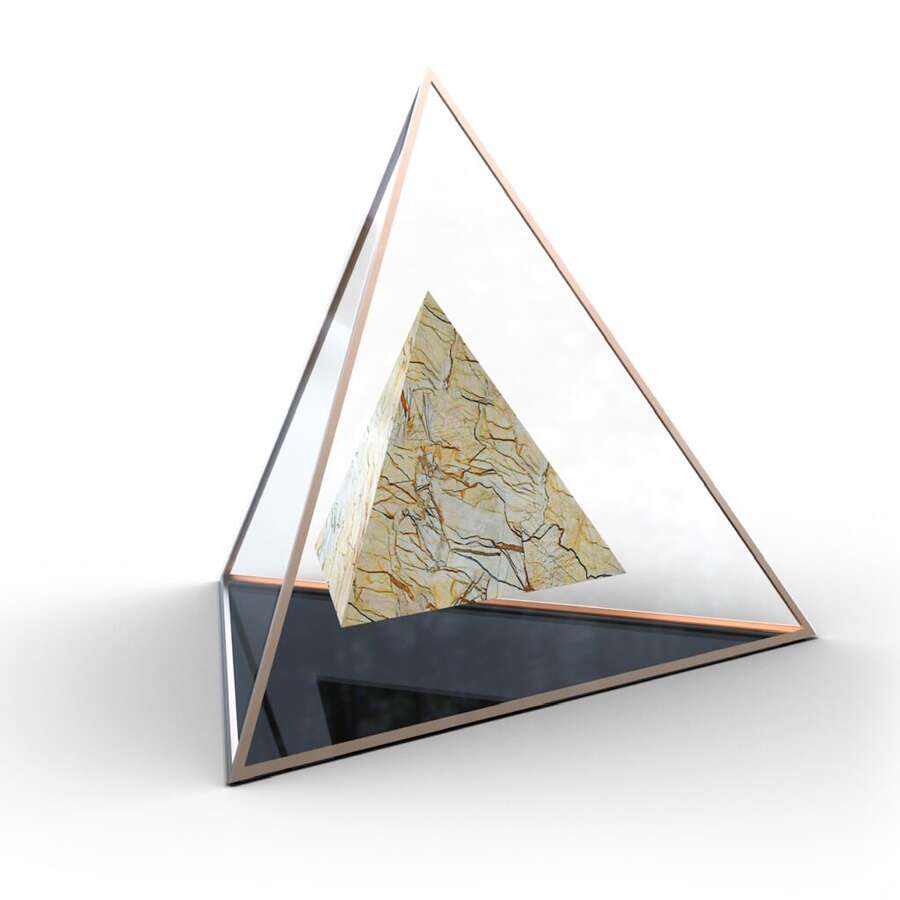
Donata Jutkienė. Lithuanian curator and textile artist. Design Curator of Kaunas2022 European Capital of Culture Born in 1987, Kupiškis Lithuania.
Education: 2016 – 2020 Artist (Textile Art Media), Vilnius Academy of Art (Kaunas Faculty) (BA) 2011 – 2013 Management (Culture Management and Culture Policy), Vilnius 2009 – 2010 Studies at the University of Calabria under the ERASMUS program 2006 – 2010 Academy of Art (MA) Art History (Art History and Art Criticism), Vilnius Academy of Art (BA). Work Experience 2021– current Curator of Designing Happiness program, Kaunas 2022, Kaunas 2018-2020 Project coordinator, Vilnius Academy of Art Kaunas Faculty, Kaunas 2012– 2017 specialist. Kupiskis Etnography Museum, Kupiskis 2011-2012 Tour guide National Gallery of Art, Vilnius.
Baiba Dzenīte. Latvian glass artist, designer and founder of the brand BAIBA GLASS Born in 1988, Aizkraukle Latvia. I remember observing and admiring wonders of Nature since the time of my childhood. The dew is reminiscent of water pearls to me, which allows me to adore them without touching otherwise they will disappear. The phenomenon of fog seemed especially mysterious – realising yourself as part of the moment when the breath of Earth surrounds you…
I guess these and other phenomena teach us respectfulness towards Nature and Universe. COLLECTION CALM, 2017. Inspired by two phenomena that happens in nature fog & dew, this signature collection offers a set of three uniquely formed vases and a sophisticated bowl & tray. Each object is made from free formed mouth–blown glass that reveals the plasticity and brilliant shine of the glass through special imprints, where the glass once touched metal. An Antique Latvian linen-craft tool was used to achieve this imprint and it has become a distinctive feature of Collection Calm. The employment of this archaic artefact signifies the timeless relationship between Nature’s phenomena and ancient Latvian craft tradition which is expressed in Contemporary Glass Art through symbolic ‘imprint of time’.
Ieva Birģele. Latvian glass artist and designer Born in 1990, Riga Latvia. Collection GEMMAE, 2021. GEMMAE /from Latin. buds/. Blown and hot-shaped glass vases. Unique design vases are never repeatable glass objects. Collection Tears, 2021. Tears of the earth, tears of suffering, loss, and changes. Always pure and unique. Made as a symbolic reflection of human influence on planet earth. It calls for reflection on the impact on the natural world and its negative consequences. Each object contains a piece of soil that in response to the hot mass of glass, forms a unique and never repeatable phenomenon. In this way reflecting and recalling the truthfulness, naturalness, and purity that the earth has always had. Collection Earth, 2022. Land, world, ground, soil, creation, mold, dirt, dust, ash, sphere.. it`s all covered under one name earth. Each glass object “Earth” contains a piece of soil and creates one new and never repeatable phenomena.
Laura Rainė. Lithuanian glass artist and designer Born in 1988, Kaunas Lithuania. BODY OF WATER. Swamps are one of the most important parts of the Lithuanian landscape. At the same time, it is perhaps the most ignored, endangered element of our country, despite its special ecological and aesthetic significance. Watersheds have long been an integral part of people’s lives – lakes, rivers, swamps and especially marshes and ravines, as mysterious places mentioned in Lithuanian mythology and folklore. The harmony of the island and the aquarium creates the tension of heights and gaps by which holiness lives. This idea consists of three sculptures of blown glass of different sizes and shapes. Objects of different shades are given meaning by polished planes, which enable to see the inside. “SWAMP 01”, Blown Glass, 2022 “SWAMP 02”, Blown Glass, 2022 “SWAMP 03”, Blown Glass, 2022.
Monika Gedrimaitė. Lithuanian ceramic artist and designer Born in 1990, Vilnius Lithuania. The author consistently explores the dialectic between the vessel as a material and conceptual derivative. The artist is interested in utilitarian foundation of ceramics and new uses. By universalizing the meaning of the vessel in her work, she reduces the latter in her work until there is only a trace, a hint that does not refer to specificity. Using the technical methods of creating and deconstructing ceramics, the author presents the objects of an imaginary function, which are not necessarily related to the original purpose, giving them a new concept. A Rock and the Wind Collection – A Rock and the Wind are the artist’s allegorical terms, reflecting the different poles of the collection. The Rock defines what points to the material part of the work, to the reduced basic elements. The Wind describes the part of ceramic technological process and development of a thought. These aspects deconstruct the usual division of objects into certain functions and technical ways of performance. Together, a Rock and the Wind play an oxymoron to the perpetual flow of time, to the vanishing touch and the silent collapse. “A Rock and the Wind” (1) – Stoneware, transparent glaze, 3D hand-printing, 2019. “A Rock and the Wind” (2) – Stoneware, pigments & oxides, various glazes, author’s technique, 2019. “A Rock and the Wind” (3) – Stoneware, glazes, author’s technique, 2019.
Kristel Kärdi. Estonian ceramic and glass artist and designer. Born in 1981, Kuressaare Estonia. The set “Nilas” , 2021, slip cast porcelain (cups and jug). Nilas is the first bearing ice crust that forms on the nordic sea ice. So it is like in life, where commitment and time are the prerequisites for the permanent emergence of something. “Rocky white”, 2022 and “Rocky wood”, 2022, variations and deformations of plaster molds. Slip cast porcelain. In this artworks I deal with the textural reflections of nature, looking for parallels with human relationships, fragility and beauty, but also with the harshness in it. “Ice stone”, 2021, glass and stoneware – This is an art object where I deal with the relationship between partners. How relationships work together and what roles someone plays. Are we switching roles?
Maria Kim. Estonian ceramic artist and designer Born in 1990, Tallinn Estonia. Maria Kim combines material investigation of traditional and newest techniques of making ceramics, as well as interpretation to reflect the innate ability of a human hand to recreate natural shapes.
Her work is characterized by flowing, organic forms and muted colours that are inspired by the nature of Estonia and its northern tranquility. Ripple vases, 2021-2022 – This series of vases are imitating the ripples on water in an attempt to connect natural and unnatural, to mimic organic shapes using newest technologies in ceramics.
They were designed using parametrical design program and then 3d printed in clay.
Jānis Kononovs (Latvia). Classical Elements. At the origin of any philosophy about the structure of the world, there are four, five fundamental classical elements – earth, water, fire, air, space, etc. Each element has its own properties, but they are also associated with a certain form. The form begins as a philosophical concept, then becomes a mathematical model, further developing into an environmental object for the human contemplation, as well as into the architectural objects, which give us the physical opportunity to experience forms. Interacting with classical elements help us to connect with the cosmos, with nature, enables one to connect with the higher planes of consciousness, as well as enables to find the common pattern that connects us all on both the molecular and spiritual level. Each form and element has its own influence on the human being, emotional state, energy and vitality.
